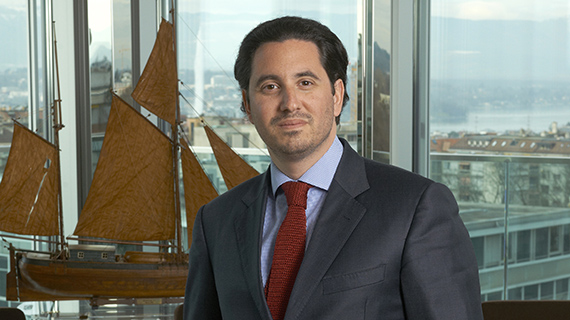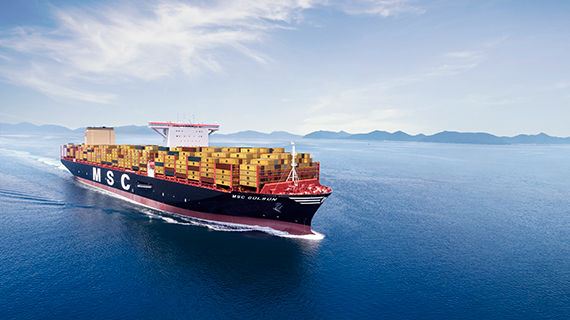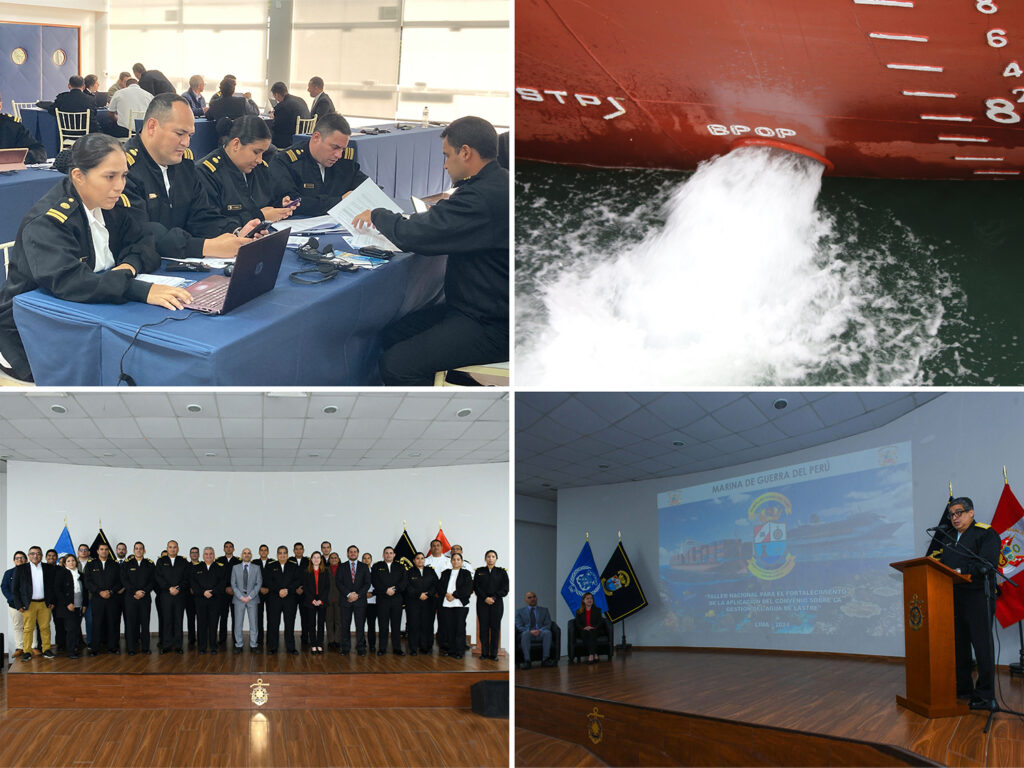MSC will not explore or use the Northern Sea Route between
Europe and Asia for container shipping
Shipping lines should focus on reducing environmental impact of existing shipping trade routes
MSC has already achieved a significant reduction in CO2 emissions and supports UN IMO policy goals
MSC Mediterranean Shipping Company, a global leader in transportation and logistics, has decided not to use the Arctic as a new short cut between northern Europe and Asia and will instead focus on improving environmental performance on existing global trade routes.
The Northern Sea Route lies entirely in Arctic waters and has been trialed by other shipping lines seeking to take advantage of melting ice from global warming.
Nautical heritage
MSC is convinced that the 21 million containers moved each year for its customers can be transported around the world without passing through this Arctic corridor.
“As a responsible company with a longstanding nautical heritage and passion for the sea, MSC finds the disappearance of Arctic ice to be profoundly disturbing.
Damage air quality

Every drop in the oceans is precious and our industry should focus its efforts on limiting environmental emissions and protecting the marine environment across existing trade routes,” said Diego Aponte, President & CEO, MSC Group.
A surge in container shipping traffic in the Arctic could damage air quality and endanger the biodiversity of untouched marine habitats – a risk MSC is not willing to take.
The lowest carbon footprint by design
MSC’s decision to avoid the Northern Sea Route is complementary to the company’s broader strategic approach to sustainability.
To help tackle climate change, MSC completed a program to retrofit more than 250 ships in its existing fleet with the latest green technologies, cutting about 2 million tons of CO2 emissions each year.
MSC Gülsün
Furthermore, the latest newbuilding additions to the fleet – led by MSC Gülsün, the largest container ship in the world – has introduced a new class of sustainable container shipping, with the lowest carbon footprint by design, at 7.49 grams of CO2 emissions to move 1 ton of cargo 1 nautical mile.

CO2 emissions
MSC’s fleet improvement program has resulted in a 13% reduction in CO2 emissions per transport work* in 2015-18 and will help the container shipping industry make progress towards the United Nations International Maritime Organization’s (IMO) 2030 CO2 targets.
largest investment program
The company remains committed to adopting concrete plans to modernise its green and efficient fleet via the largest container shipping investment program in the industry.
“MSC is on a well-defined pathway to meet the 2030 IMO level of ambition for CO2 emissions intensity reduction. The great challenge which remains for container shipping this century is how to decarbonise and meet the UN IMO’s future emissions goals beyond 2030.
Recent improvements

While we are fully supporting these more distant targets, this will not be achievable without some major breakthroughs in fuel and propulsion technologies,” said Bud Darr, Executive Vice President, Maritime Policy & Government Affairs, MSC Group.
While recent improvements have depended largely on better-performing engines, more efficient propeller and rudder designs and technologies to reduce hull friction, MSC is actively studying the potential of new alternative fuel sources.
Future policy goals.
The company is engaging with potential vendors to investigate solutions related to biofuel blends, hydrogen fuel cells, complementary battery power and, potentially, wind and solar, as part of a long road of discovery in relation to future policy goals.




